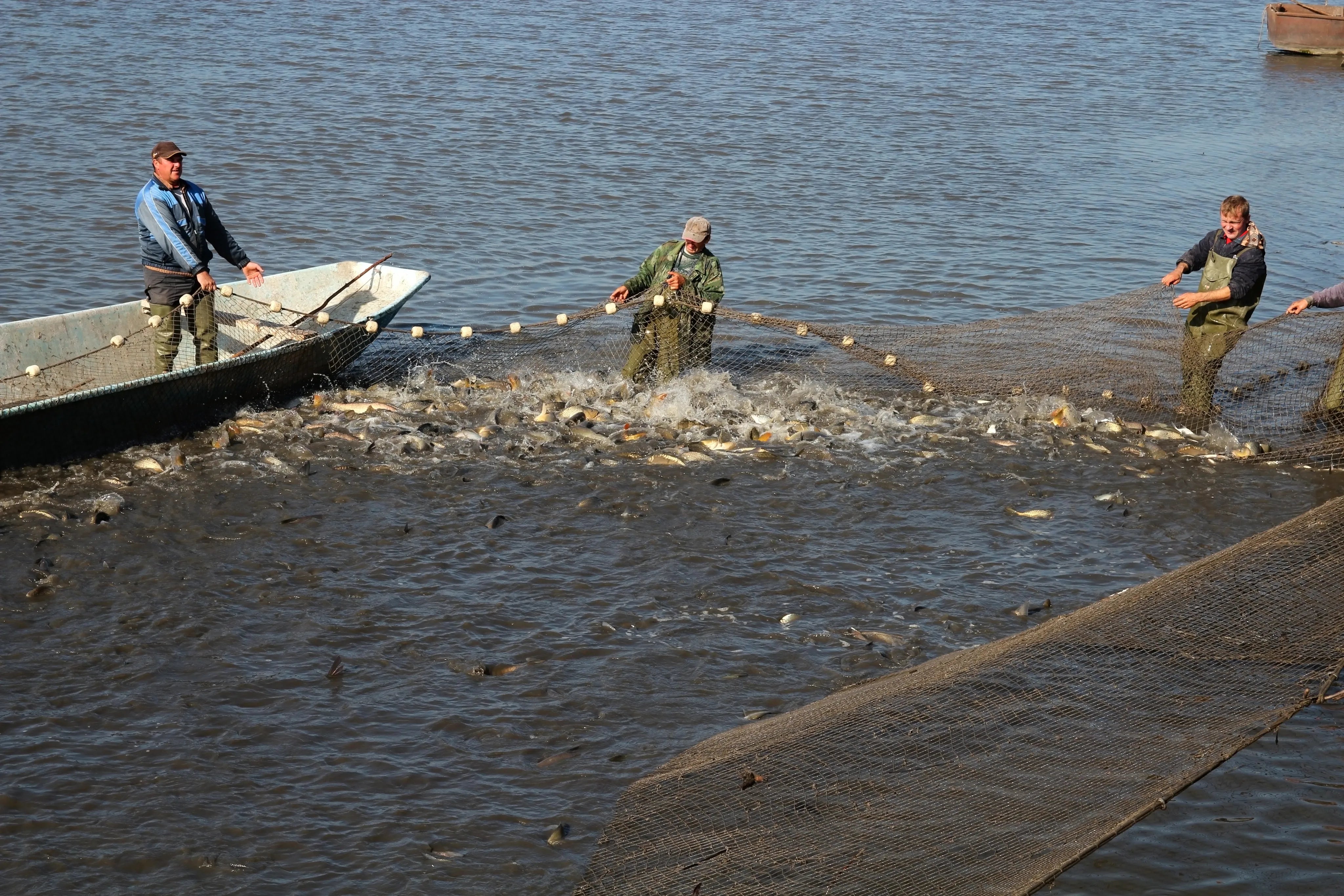Blog / Diagnostics
Pondside Detection of Catfish and Tilapia Pathogens

The Varizymes' AqPathDx™ Kit will enable rapid, pond-side detection of the most common catfish and tilapia pathogens in less than 30 minutes. The kit requires little training or sample preparation, and results are read using a portable fluorometer.
1. The Problem
Aquaculture is rapidly expanding globally to provide protein to growing populations. A major impediment to aquaculture production and industry expansion is disease caused by aquatic pathogens, which can devastate production facilities and hinder market entry (1,2). The global economic impact of bacterial diseases on aquaculture production is estimated to cost the industry billions of dollars annually (1).
Catfish and tilapia are two of the most important farmed fish species in the world, representing 23% of global farmed fish production (1-3). Economic losses due to disease are very high in tropical countries where >90% of global production occurs. Because disease pressures are a major impediment to the expansion of the aquaculture industry, the use of rapid diagnostic tools to detect aquatic pathogens is essential to effectively direct treatment approaches, reduce mortalities, and implement better biosecurity measures.
2. A Need for Better Diagnostic Solutions
Rapid and accurate detection of pathogenic species and their differentiation from commensal species is essential for disease management and the implementation of strategies to control the spread of infection.
The currently available diagnostic methods include PCR, real-time PCR and culturing or virus isolation. In each case, these diagnostic tests require multiple days for a confirmatory diagnosis, and no commercial field-based diagnostic assay exists. Though PCR-based methods are fast and specific, their use in low-resource settings has not been affordable or practical because of the requirement for extensive sample preparation steps to overcome the effects of inhibitors, the use of expensive equipment and the need for highly-trained personnel operating in a clinical laboratory setting.
Therefore, a fast, sensitive and low-cost but facile nucleic acid test method for robust detection of fish pathogens in field settings or labs with rudimentary infrastructure is needed.

3. Multiplex LAMP Enables Quick and Easy Field-Based Testing
Loop-mediated isothermal amplification (LAMP) is an ideal method for field-based testing since, unlike real-time PCR, it is portable, easy-to-use and enables test-to-result in minutes.
While traditional LAMP technology is a good alternative to PCR for point-of-care and field testing, it typically detects only one target per reaction. In contrast, real-time PCR can detect 3-4 targets simultaneously. This limitation in LAMP is due to its non-sequence-specific detection methods.
Common LAMP detection methods like turbidity, dyes, and gel electrophoresis are sequence-independent, limiting multi-target detection in a single tube. Lateral flow strips and melt analysis can detect multiple targets but require extra steps or specialized equipment.
4. Varizymes' AqPathDx™ Kits for Catfish and Tilapia
At Varizymes, we have developed an innovative approach, TORCH™ mLAMP (TORCH multiplex loop-mediated isothermal amplification, patent pending), to detect multiple targets in a single LAMP reaction. TORCH mLAMP has all the advantages of traditional LAMP, with the added benefit of multiplexing.
The Varizymes' AqPathDx TORCH mLAMP Kits for catfish and tilapia pathogen detection are being developed with funding from the USDA.* The catfish panel will detect 3 bacterial pathogens at the genus level, including Aeromonas spp., Edwardsiella spp., and Flavobacterium spp.
The tilapia panel will detect Aeromonas spp., Streptococcus spp. and Tilapia lake virus (TiLV). By targeting bacterial pathogens at the genus level, AqPathDx will be inclusive of multiple pathogenic species within the same genus, greatly increasing coverage.
A unique aspect of AqPathDx, and all Varizymes' TORCH mLAMP kits, is the neoBolt™ strand displacing DNA polymerase. We have engineered the enzyme to boost its inherent reverse transcriptase activity, which allows us to detect both DNA and RNA targets in the same reaction. Separate tests for DNA and RNA targets are not required. This greatly simplifies the test workflow and field operation. Thus, in the case of TiLV, this RNA virus can be co-detected along with the bacterial DNA.
The catfish and tilapia tests can be performed pond-side using one of several commercially available isothermal fluorometers. These battery-operated instruments have a small footprint, are easy to use and can process multiple samples in a single run. Results are available within 30 minutes (including sample preparation and amplification) with minimal hands-on time and without the need for additional equipment, such as pipettes and centrifuges. Results are be displayed on-screen as positive, negative, or non-conclusive, minimizing errors caused by user interpretation.

5. Final Thoughts
Varizymes' TORCH mLAMP technology for point-of-care and field-based diagnostic testing is ideal for monitoring aquaculture populations for disease. Test kits are easy to use and provide results in minutes, without the need to send samples to a reference lab. This means faster response times and more efficient containment of disease outbreaks.
6. References
- (FAO), F. a. A. O. FAO yearbook. Fishery and aquaculture statistics. (2016).
- Naylor, R. L. et al. A 20-year retrospective review of global aquaculture. Nature 591,551-+ (2021). https://doi.org/10.1038/s41586-021-03308-6
- Moyo, N. A. G. & Rapatsa, M. M. A review of the factors affecting tilapia aquaculture production in Southern Africa. Aquaculture 535 (2021).
*Project funded by USDA-SBIR program, grant no. AP22VSD&B000C066, "AqPathDx: Simple and Easy to Use Diagnostic kit for Rapid Detection of Catfish and Tilapia Pathogens," from the USDA National Institute of Food and Agriculture. Any opinions, findings, conclusions, or recommendations expressed on this website are those of the author(s) and do not necessarily reflect the view of the U.S. Department of Agriculture.




